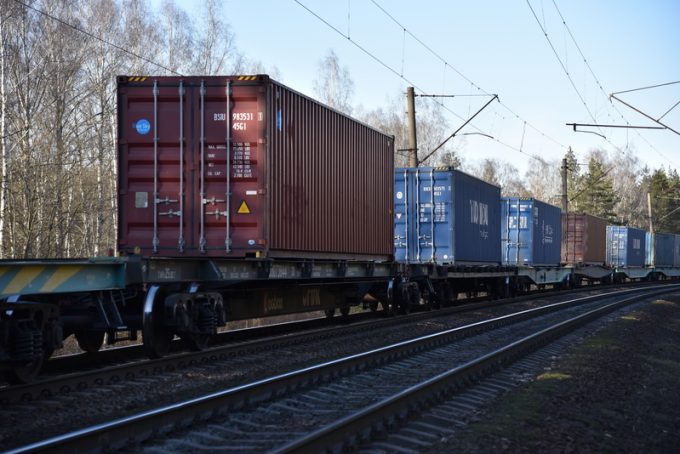List of blanked transpac sailings grows as trade war heats up and demand cools
** EDITED AT 17:19 BST ON 09/04/25 TO INCLUDE COMMENT FROM ATLAS AIR, AND AT ...

China-Europe rail freight growth slowed dramatically in the first half, but carriers blanking sailings could help boost volumes during the peak season.
Pegged back by sanctions against Russia, the rail network’s usual double-digit annual growth has come to a screeching halt.
First-half volumes increased just 2.3%, to ...

Comment on this article
Arthur Brown
July 06, 2022 at 1:32 pmSmart move.